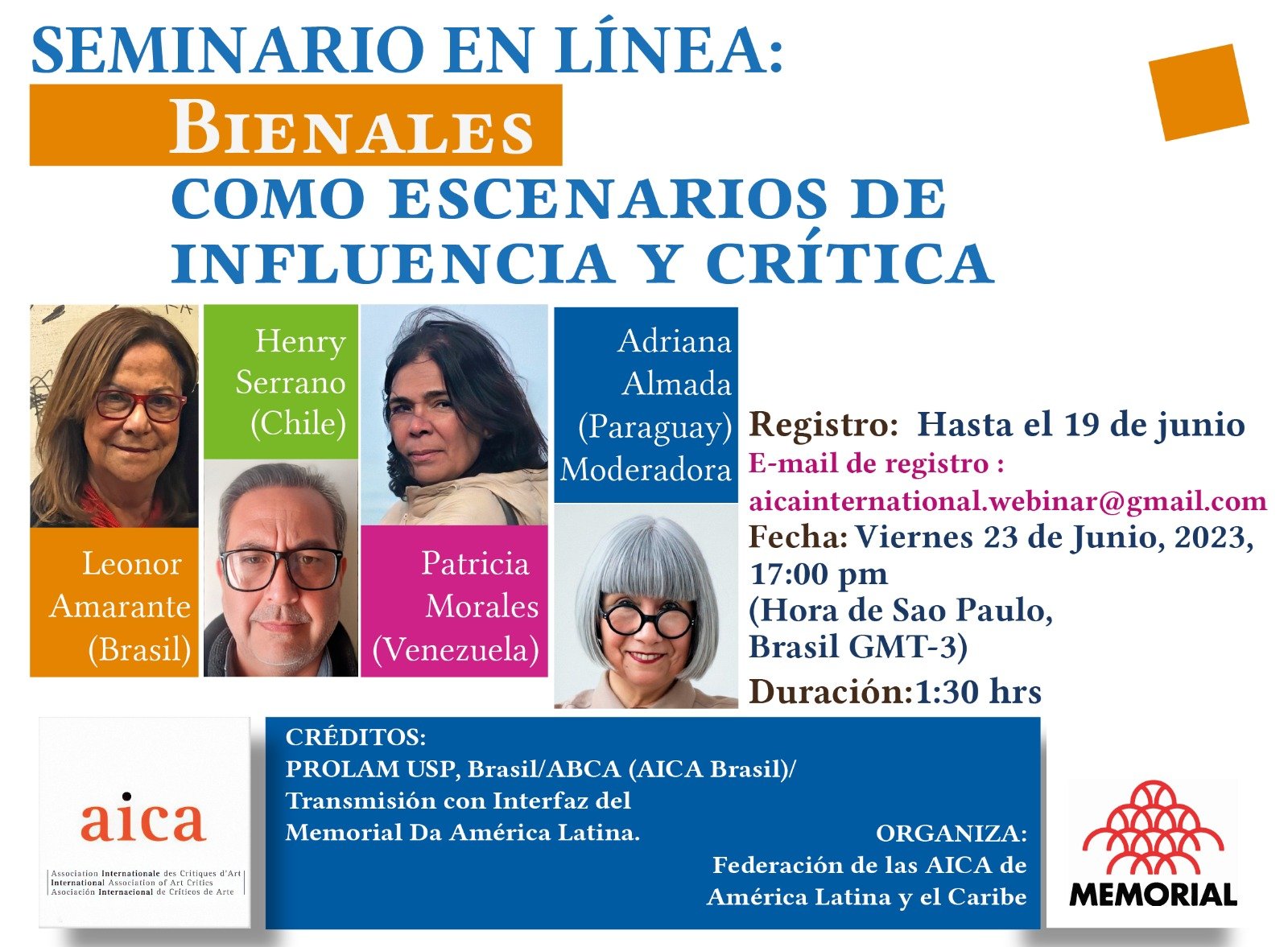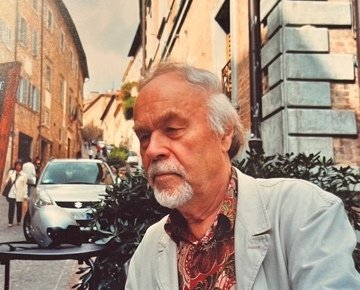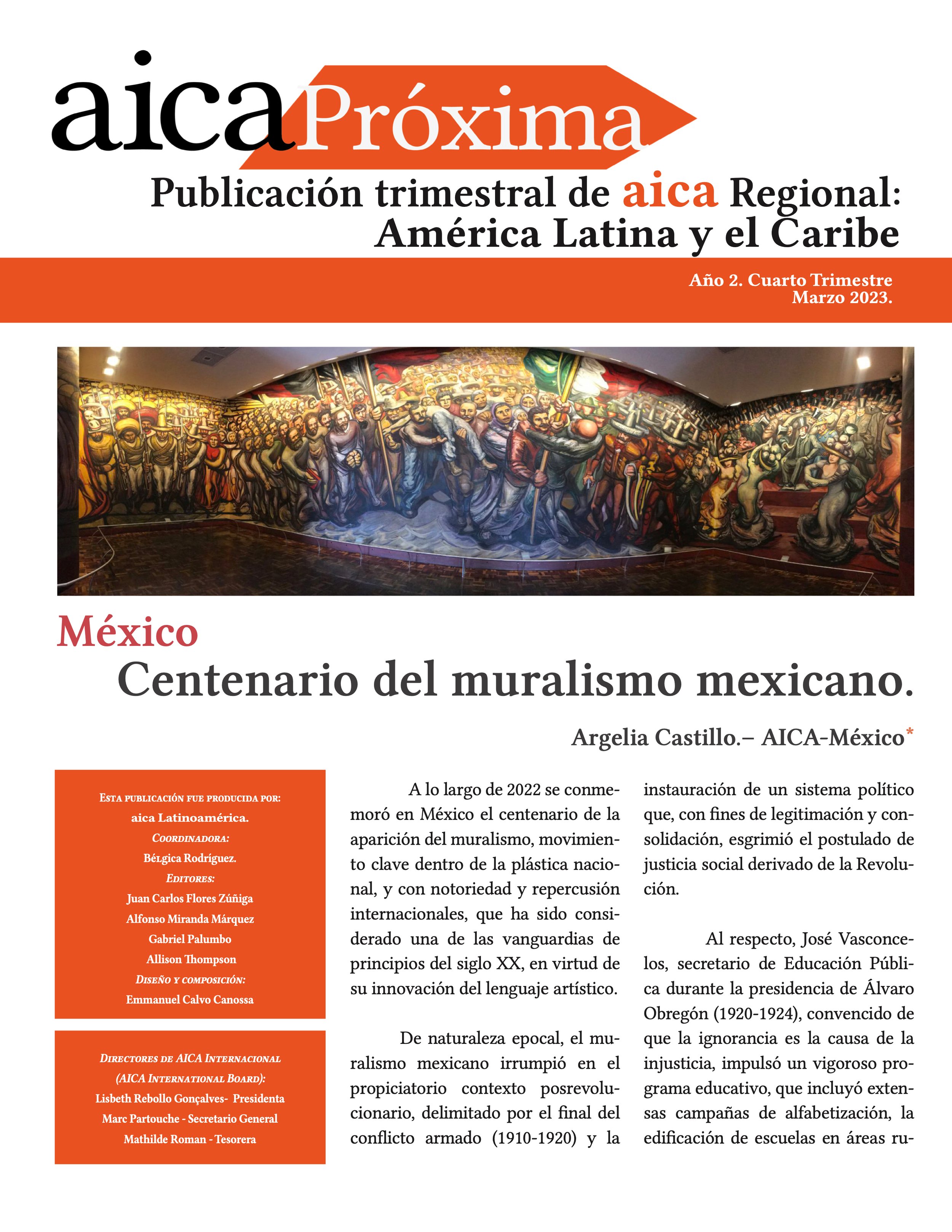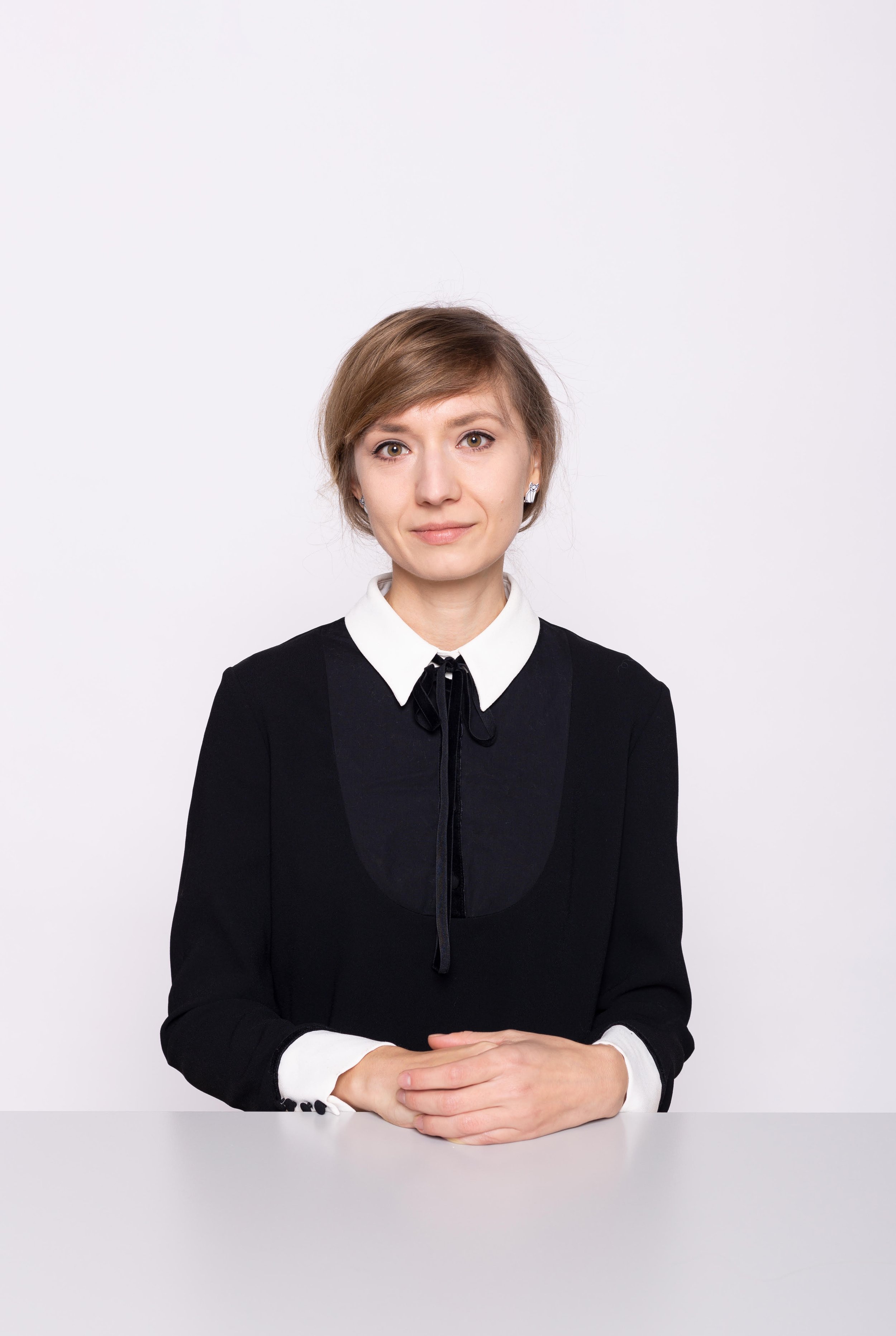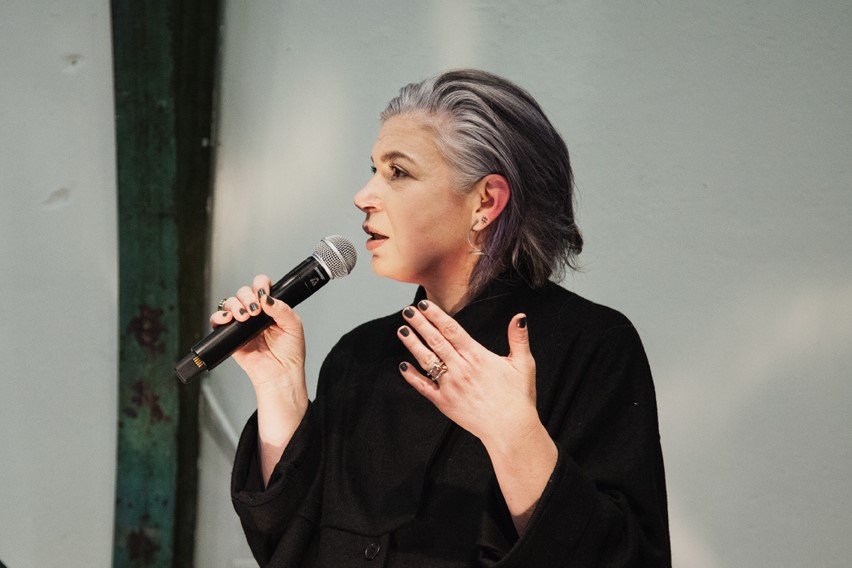DECLINATION OF CONTEMPORARY ART CRITICISM
INTERNATIONAL MEETING OF STUDIES ON THE STATE OF ART CRITICISM: DYNAMIC UPDATES
The international event will take place from 5 to 6 May in hybrid mode (presence and remote) from 10.00 to 17.00 for both seminar days, at the Salone d’Onore at the Albertina Academy of Fine Arts in Turin and will be a totally free event as envisaged in the principles of the Italian statute, to guarantee in turn with this event an active and participatory involvement of the various sector professionals who, together with the various teachers and students, will also be able to deepen the evolutionary dynamics of the current state of the art criticism with in-depth analysis of the works and artists in the evolution of cultural contents concerning the visual arts in all branches involving sculpture, painting, architecture, generative arts, Street Art, Public Art.
The conference debate will have the critical and scientific interest in identifying “new interpretations” in order to explore the new expressive phenomena of contemporary art by democratically balancing the new expressive needs of art and artists between the fluid themes that concern the “preservation of the asset” and the consequent dynamics for its enhancement, reasoning on the ethics of expressive languages and on the cultural and social problems that lead to the birth of a specific visual concept.
Among the interventions of the institutional guests and the speakers we note:
Renato Barilli (Honorary President of AICA Italy, Professor Emeritus of the Alma Mater Studiorum, University of Bologna)
Henry Meyric Hughes (Co-founder of Manifesta and Honorary President of AICA International, Paris and Past President of AICA UK)
Lisbeth Rebollo Gonçalves (President of AICA International, Paris)
Paola Gribaudo (President of the Albertina Academy of Fine Arts in Turin)
Salvo Bitonti (Director of the Albertina Academy of Fine Arts in Turin)
Gabriele Romeo (President of AICA Italy, Professor of Phenomenology of Contemporary Arts Academy of Fine Arts of Reggio Calabria)
Carolyn Christov-Bakargiev (writer, art historian and curator, Director of the Castello di Rivoli Museum of Contemporary Art and of the Francesco Federico Cerruti Foundation of Rivoli-Turin)
Freddy Paul Grunert (Member of the European Joint Research Center Ispra, curator at the ZKM, Zentrum für Art und Medien in Karlsruhe)
Cristina Trivellin (Vice-President of the Scientific Committee of AICA Italy)
Roberto Mastroianni (President of the Museo della Resistenza of Turin, professor of cultural anthropology and anthropology of art)
Maria Teresa Benedetti (art critic, curator, Past President of AICA Italy)
Andrea Balzola (Professor of Mass Media Theory and Method at the Albertina Academy of Fine Arts in Turin)
Lorella Giudici (essayist, art critic and Professor of Contemporary Art History at the Brera Academy of Fine Arts)
Debora Rossi (Director of Legal and Institutional Affairs, Human Resources and Deputy and Organisational Manager of Historical Archives of Contemporary Arts - ASAC - La Biennale di Venezia)
Pier Luigi Capucci (President of the NOEMA Web-Magazine and professor at the Academy of Fine Arts in Urbino)
Malgorzata Kazmierczak (Ph.D in History, contemporary art researcher, Vice-President of AICA International, Vice-President of AICA Poland)
Gian Maria Tosatti (Artistic Director of La Quadriennale Foundation of Rome, artist representing Italy in the in the respective Pavilion at the 59th International Art Biennale in Venice)
Gabriele Perretta (art critic, Professor at the Brera Academy of Fine Arts)
Liliana Iadeluca (Professor of Stagecraft at the Academy of Fine Arts in Palermo)
Edoardo Di Mauro (curator, professor of history and methodology of art criticism, Director of the Museum of Urban Art, Turin)
Alfredo Cramerotti (Director of the Mostyn Contemporary Art Museum & Co-Director of the IAM Infinity Art Museum. President of the IKT International Association of Curators of Contemporary Art, Chair Digital Strategies committee AICA International, Advisor UK Government art collection & British Council art collection).
Matilde De Feo (film-maker, professor of Multimedia planning, Academy of Fine Arts of Reggio Calabria)
Fırat Arapoğlu (Vice-President of AICA International, Past President of AICA Turkey, Asst. Prof. Dr. of Art History, Altınbaş University, İstanbul-Turkey)
Rosita Commisso (Professor of Media Phenomenology at the Academy of Fine Arts, Catanzaro)
Matthew Kangas (AICA USA Member, Corresponding Editor for Art in America and Sculpture magazine. He has written for numerous publications for Seattle Times, Artweek, Preview and Art Ltd)
Francesca Adamo (historian of photography and author)
Ioannis Melanitis (Professor of ASFA, Athens School of Fine Arts)
And with the participation of:
Alessandra Borgogelli, Marcello Francolini, Massimo Palumbo.
Will moderate the lectures:
Anselmo Villata (Vice-President and Chair of the Electoral and Membership Committee EMC, AICA International)
Institutional Relations:
Marilena Vita (Vice-President for Institutional Relations of AICA Italy)
More information and registration: http://www.aica-italia.org/category/news/
nuova.aicaitalia@gmail.com
















